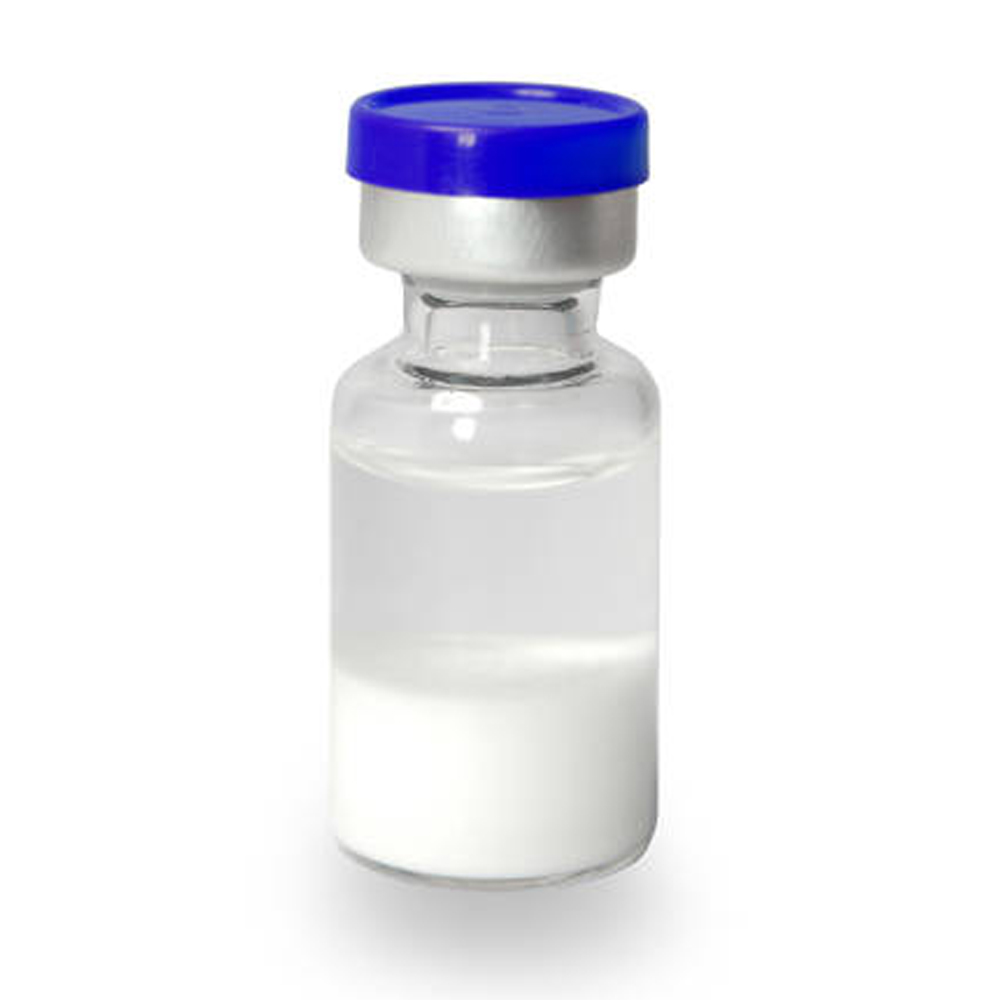Description
Oxytocin is a hormone and a neuropeptide that plays an essential role in several physiological processes, particularly those related to reproduction and social bonding. It is sometimes referred to as the “love hormone” or “bonding hormone” due to its involvement in emotional regulation, social bonding, and maternal behaviors.
What is Oxytocin?
- Oxytocin is naturally produced in the hypothalamus, a region of the brain, and is then released into the bloodstream by the posterior pituitary gland.
- It is most commonly associated with childbirth, lactation, and maternal bonding, but it also has significant roles in social interactions, emotional regulation, and stress reduction.
Key Functions of Oxytocin:
- Labor and Childbirth:
- Oxytocin plays a crucial role in childbirth by stimulating uterine contractions during labor. This helps the cervix dilate and the baby be delivered.
- It also helps in the postpartum period by promoting uterine contractions that help the uterus return to its pre-pregnancy size and control postpartum bleeding.
- Lactation:
- After childbirth, oxytocin stimulates the milk ejection reflex (also known as the let-down reflex) in breastfeeding mothers. This helps with the release of milk from the mammary glands to the nipple during breastfeeding.
- Bonding and Social Behavior:
- Oxytocin is often referred to as the “love hormone” because it promotes emotional bonding, especially between a mother and her newborn. It is also associated with romantic bonding and pair bonding in humans.
- It plays a role in the feelings of trust, compassion, and empathy. It is involved in social interactions, promoting feelings of attachment and caregiving.
- Studies have shown that oxytocin levels increase in response to positive social interactions, like hugging, touching, or spending time with loved ones.
- Emotional Regulation and Stress:
- Oxytocin has been shown to have anti-stress effects. It reduces levels of the stress hormone cortisol and can help reduce anxiety and promote relaxation.
- It also enhances feelings of well-being and calm in stressful or challenging situations. This is why oxytocin is sometimes referred to as the “cuddle hormone,” as physical touch (such as hugging or holding hands) can boost oxytocin levels.
- Sexual Reproduction:
- Oxytocin plays a role in sexual arousal and orgasm. It is released during sexual activity and helps enhance the feelings of intimacy and bonding between partners.
- Oxytocin’s release during orgasm contributes to the sense of closeness and attachment in sexual relationships.
Medical Uses of Oxytocin:
- Inducing Labor:
- Oxytocin is sometimes administered medically to induce labor or to strengthen uterine contractions during childbirth. This is commonly used in cases of delayed labor or to help deliver the baby when contractions are insufficient.
- It is given via IV infusion under careful medical supervision.
- Controlling Postpartum Bleeding:
- After childbirth, oxytocin is sometimes used to help reduce postpartum hemorrhage (excessive bleeding). It helps contract the uterus, which reduces bleeding by closing off blood vessels.
- Lactation Support:
- In some cases, oxytocin is used to help stimulate milk ejection in mothers who are struggling with lactation. This is typically administered as a nasal spray to aid breastfeeding.
- Treatment of Autism Spectrum Disorder (ASD):
- Some research has suggested that oxytocin may have potential benefits in treating certain aspects of autism spectrum disorder (ASD). Studies have indicated that oxytocin might help improve social interactions and communication in individuals with ASD, though more research is needed to establish its efficacy in this area.
- Social and Emotional Disorders:
- Oxytocin is being studied for its potential use in treating anxiety, depression, and other emotional disorders. Its ability to promote social bonding and reduce stress makes it an interesting candidate for exploring treatments for mental health conditions.
Synthetic Oxytocin:
- Synthetic oxytocin, commonly known as Pitocin (a brand name), is used in labor induction and to control postpartum bleeding. It is also used in breastfeeding support for some mothers.
- It is usually administered intravenously (IV) or intranasally.
Side Effects and Risks of Oxytocin:
- Overuse in Labor:
- Oxytocin should be used carefully during labor induction, as excessive amounts can lead to hyperstimulation of the uterus, which can cause fetal distress or uterine rupture.
- It can also lead to water intoxication due to its antidiuretic effects, causing fluid imbalance in the body.
- Low Blood Pressure:
- Oxytocin administration can sometimes lead to low blood pressure and cause dizziness or fainting in some patients.
- Nausea and Vomiting:
- Some women may experience nausea, vomiting, or headache when receiving oxytocin.
- Arrhythmias:
- In rare cases, oxytocin can lead to abnormal heart rhythms (arrhythmias) if not monitored closely during administration.
Oxytocin in Sports and Fitness:
- While oxytocin is primarily associated with reproductive and emotional functions, some studies suggest it could have a role in promoting bonding and social engagement, which might help athletes improve team dynamics and mental well-being. However, its direct application in performance enhancement or muscle recovery is not well established.
- In terms of muscle-building or fat loss, there is currently no significant evidence to suggest that oxytocin has a direct impact in these areas, as its primary effects are related to social behavior, reproduction, and stress reduction.
Conclusion:
Oxytocin is a powerful hormone and neuropeptide with a wide range of roles in the body, including labor induction, lactation, social bonding, stress regulation, and sexual reproduction. It is used therapeutically in obstetrics and has been studied for potential benefits in conditions like autism and anxiety. While it plays a significant role in emotional and social bonding, its use outside of medical and therapeutic contexts should be approached cautiously.










Reviews
There are no reviews yet.